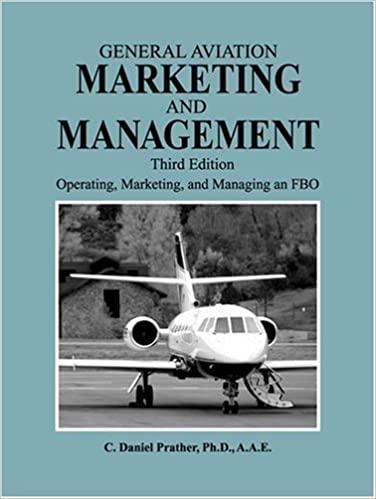Question
An attendance demand model using multiple linear regression analysis has been used to predict game-day attendance for football games for the Division I Big 10
An attendance demand model using multiple linear regression analysis has been used to predict game-day attendance for football games for the Division I Big 10 conference.
The regression model yielded an Adjusted R-squared of 0.76 (76%) and the beta-coefficients of the independent variables are listed below.
| Independent Variable | Coefficient | P-Value |
| Home Population | 0.002 | 2 x 10-9 |
| Weekday | -0.14 | 0.002 |
| Distance between the visiting team | -.03 | 0.03 |
| Home points per game | 0.41 | 0.99 |
| Visitor points per game | 0.32 | 0.83 |
| The home team's previous victory | 0.18 | 0.67 |
| Rivalry index | 0.84 | 3 x 10-7 |
| Home win probability | 0.25 | 0.0001 |
| Uncertainty of outcome | -0.40 | 0.17 |
Q. Using the linear regression analysis output above, which among the 9 factors(independent variables) are significant predictors of game-day attendance in Big Ten college football? Which are non-significant predictors in the model?
Q. Among the significant predictors of attendance you chose above, explain the direction (interpret the sign) and magnitude (coefficient absolute value) of how each independent variable affects attendance.
Step by Step Solution
There are 3 Steps involved in it
Step: 1

Get Instant Access to Expert-Tailored Solutions
See step-by-step solutions with expert insights and AI powered tools for academic success
Step: 2

Step: 3

Ace Your Homework with AI
Get the answers you need in no time with our AI-driven, step-by-step assistance
Get Started


